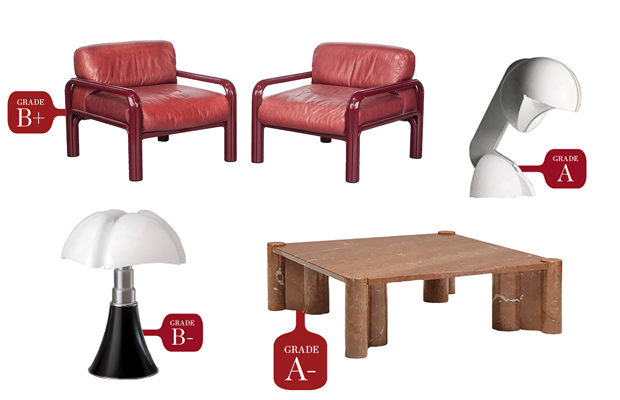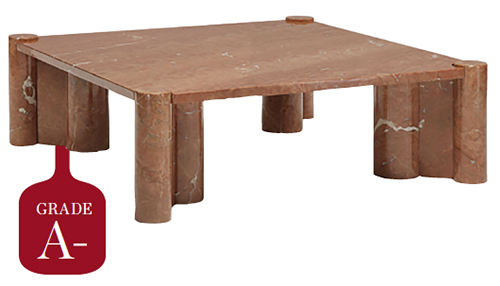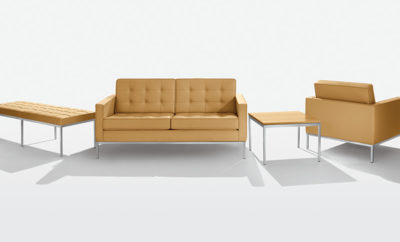 HERITAGE AUCTIONS | COURTESY WRIGHT (2) | ULTRA MODERNE, PARIS
HERITAGE AUCTIONS | COURTESY WRIGHT (2) | ULTRA MODERNE, PARIS
Design
Grading System: Gae Aulenti
TROY SEIDMAN LOOKS AT THE WORK OF THE ITALIAN ARCHITECT AND DESIGNER, WHO, LIKE MANY OF HER FEMALE CONTEMPORARIES IN THE ART AND DESIGN REALM, HAS BEEN DRAMATICALLY UNDERVALUED IN COMPARISON WITH HER MALE COUNTERPARTS
WHILE IT’S NOT A FORMAL MOVEMENT, it has more gravitas than a trend: dealers, curators, scholars, and writers are increasingly dismantling the design canon in order to include or consider more female creators. As I write this, I am in the midst of reading Gail Levin’s impressive biography of Lee Krasner. Just last week, I was blown away by the debut exhibition at Hauser Wirth and Schimmel in Los Angeles, Revolution in the Making: Abstract Sculpture by Women 1947–2016. So a combination of zeitgeist and personal curiosity brings us to the latest subject for Grading System: Gae Aulenti, the accomplished Milanese architect and designer. Both celebrated and debated during her lifetime, in recent years she has fallen from discussions despite a versatile and illustrious career.
After graduating from the Milan Polytechnic School of Architecture, she worked as an art director for a decade at the legendary Italian architecture magazine Casabella. In the 1960s, thanks to the connections she made at the magazine, her career flourished. By the end of the decade she had designed numerous showrooms and retail spaces (including Max Mara in Milan, Dior in Paris, and Fiat in Zurich).
In addition to these interior architecture projects, she also designed lighting and furniture for the best Italian manufacturers, including Kartell, Artemide, Venini, and Zanotta (with several pieces having been conceived for her interiors). In 1969 Aulenti finished the “Home of a Collector” in Milan—one of the first examples of open-concept living. It would lead to many other art-related projects throughout her career, from a large gallery at the Centre Pompidou in Paris to the Asian Art Museum in San Francisco.
Aulenti also had a fruitful relationship with Knoll for more than a decade. She first designed its Boston showroom in 1968, followed by its New York City space the following year. In 1971 Knoll briefly distributed pieces from her (shortlived) Tennis collection of seating and bed frames and subsequently developed the Aulenti Collection, which debuted in 1976, their most successful collaboration.

COURTESY WRIGHT
Jumbo table for Knoll
THE JUMBO TABLE, DESIGNED IN 1965, began to be distributed by Knoll in 1972. It is unabashedly functional, employs a material typically associated with fancy flooring, and rejects modernism’s penchant for “lightness,” all while creating an interesting tension between organic and sleek. There is also something defiant and masculine about the table. The tri-form legs look like flexed biceps. Even the name suggests that Aulenti is announcing with confidence that, yes, she designed this massive table (which requires at least two bodies to move).
At a time when marble was far more exclusive and expensive than it is today, Jumbo was created in richly grained Calacatta, Carrara, and Rosso Alicante marble, as well as in onyx. It’s unclear (and probably unlikely) that Aulenti personally selected the slab of stone for each table. Nevertheless, what makes Jumbo especially appealing is that it is simply too large and heavy to be a candidate for reissue. Consequently, vintage examples remain expensive: $9,000 to $12,000 at the retail level.












